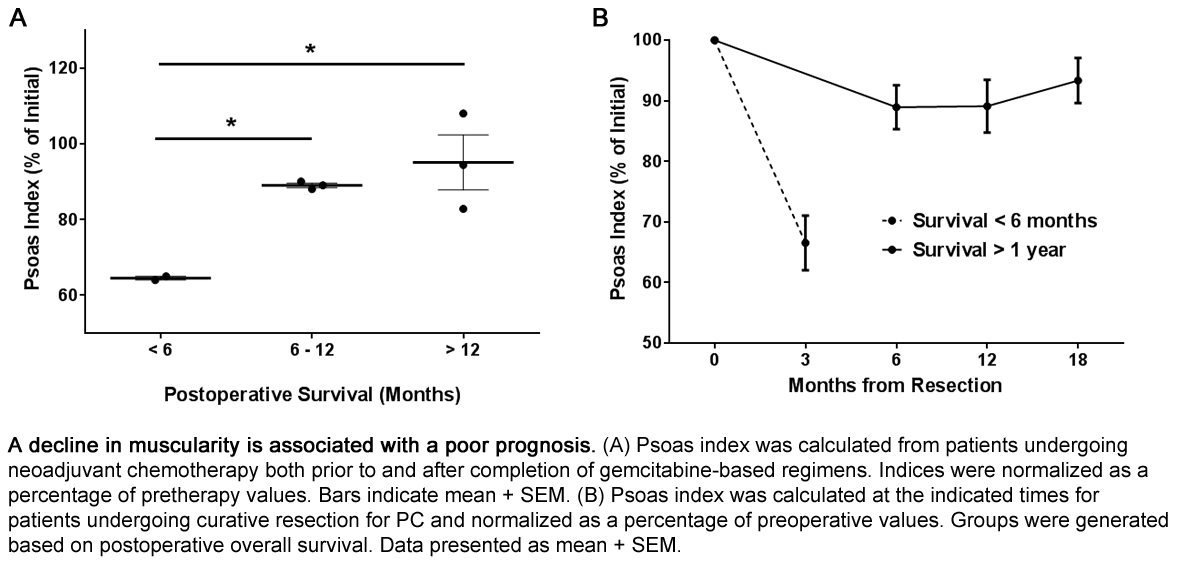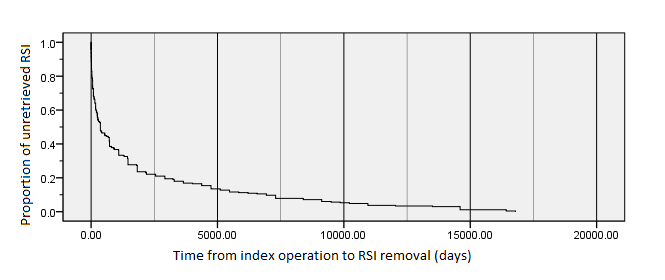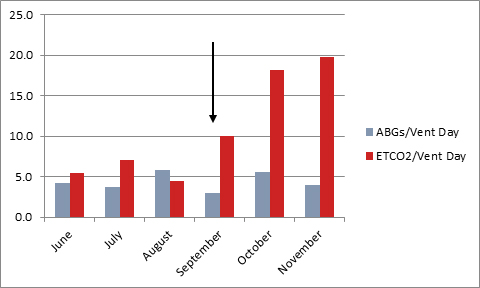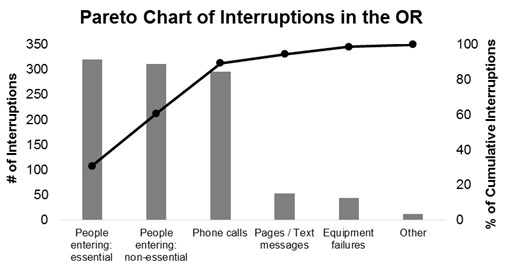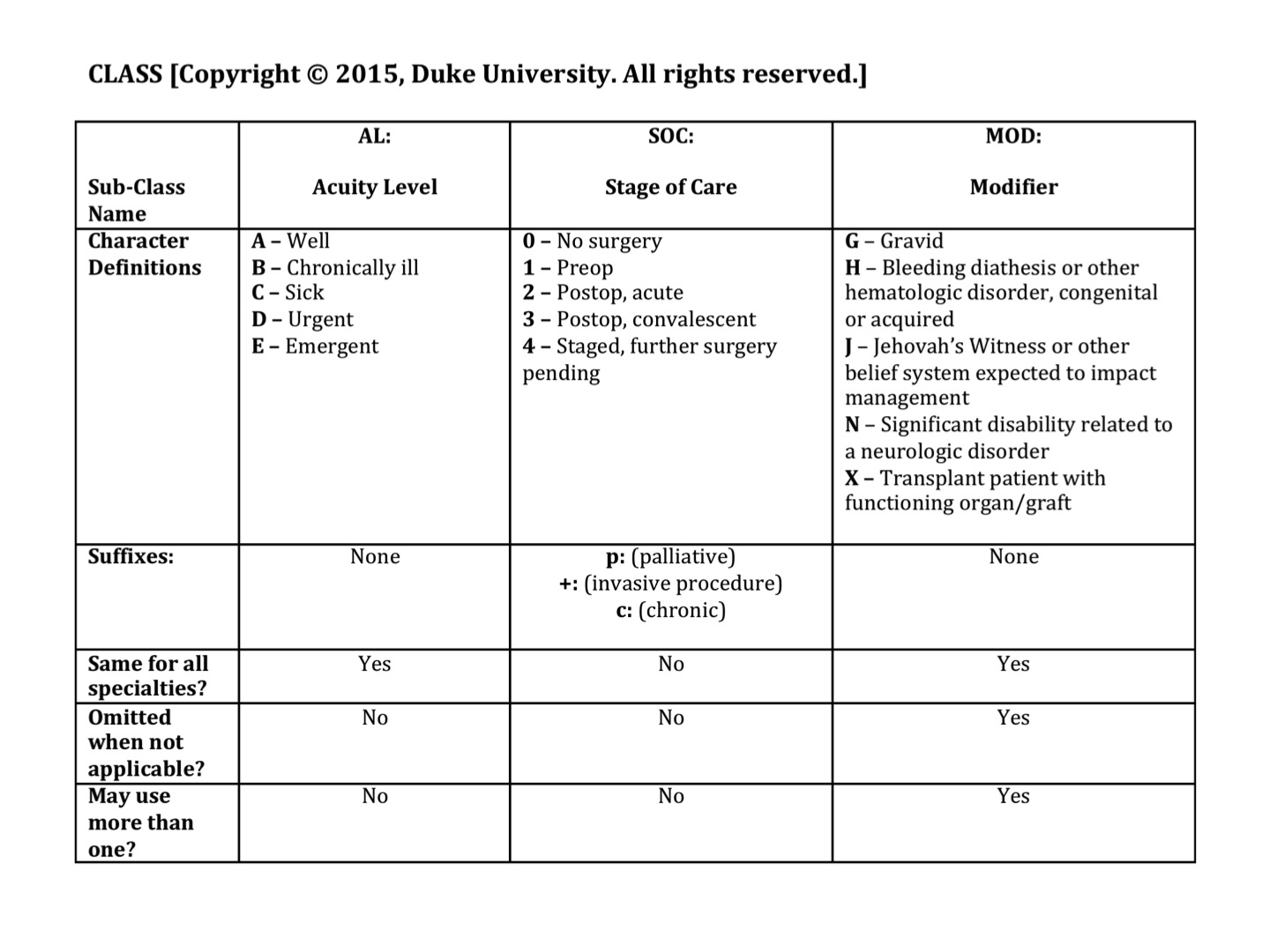I. I. Maizlin1, G. McGwin2, M. Goldfarb3, K. W. Gow5, S. A. Vasudevan6, J. J. Doski4, A. B. Goldin5, M. Langer7, J. G. Nuchtern6, E. A. Beierle1 1Children’s Hospital Of Alabama, University Of Alabama,Division Of Pediatric Surgery,Birmingham, Alabama, USA 2University Of Alabama,School Of Public Health,Birmingham, Alabama, USA 3John Wayne Cancer Institute/Providence St. John’s Medical Center,Department Of Surgery,Santa Monica, CA, USA 4University Of Texas Health Science Center At San Antonio, San Rosa Children’s Hospital,Department Of Surgery/Pediatric Surgery Division,San Antonio, TX, USA 5Seattle Children’s Hospital,Division Of General And Thoracic Surgery,Seattle, WA, USA 6Baylor College Of Medicine,Division Of Pediatric Surgery,Houston, TX, USA 7Maine Medical Center,Division Of Pediatric Surgery,Portland, ME, USA
Introduction: The aggressive nature and rarity of anaplastic thyroid cancer (ATC) makes it difficult to determine patient outcomes, especially in single-institution studies with small cohorts and short follow-up. Furthermore, considering that ATC increases in frequency with age, no investigations of large data sets exist that have examined the adolescent and young adult (AYA) population. Therefore, we utilized the National Cancer Data Base to determine the importance of age as a prognostic factor in anaplastic thyroid cancer.
Methods: All AYA patients (≤39 yo) with diagnosis of ATC were reviewed from the National Cancer Data Base from 1998 to 2012. They were then compared to older patient groups [40-65 yo (middle age) and ≥ 66 yo (elderly)] with same diagnosis. Log-rank test was used to compare survival functions between age groups and chi-squared tests were used to compare tumor size, method of diagnosis, time from diagnosis to definitive treatment, presence of comorbidities (based on Charlson/Deyo Score), and type of surgery performed. Cox proportional hazards models were used to estimate hazard ratios (HR) and their associated p-values. A secondary analysis was performed to evaluate whether surgical intervention was associated with survival in AYA patients.
Results:Out of total of 3,154 patients with ATC, 39 patients fit the criteria of AYA. Median survival in the AYA group was 118.5 months compared to 61.1 months (p=0.06) in middle and 66.2 months (p=0.06) in elderly groups. Compared to the AYA group, the HR for middle age and elderly groups were 1.96 (p=0.02) and 1.73 (p=0.06), respectively. The age groups demonstrated similar tumor size (>4cm in 84.6% vs. 85.7% vs. 83.8%) at time of diagnosis. AYA group had a significantly lower prevalence of comorbid conditions (12.5%) when compared to other age groups (21.2% and 27.6% respectively). AYA group had greater mean period between diagnosis and definitive treatment (19.4 ±3.6 days vs. 16.3 ±0.8 vs. 15.1 ±0.5 days) and a higher rate of FNA prior to intervention (97.3% vs. 92.0% vs. 87.8%). Consequently, following adjustment for confounders (tumor size, comorbidities, method of diagnosis and surgery) mortality in the middle- and older-aged groups was approximately 50% higher compared to the AYA group [HR=1.52 (p=0.16) and HR=1.56 (p=0.14), respectively], though these differences were not statistically significant. Within the AYA group there was no significant difference in survival between surgery employed as initial treatment (followed by radiation and chemotherapy) and non-surgical (radiation and chemotherapy) intervention only.
Conclusion:While anaplastic thyroid cancer is an aggressive tumor with overall poor prognosis, adolescents and young adults appeared to have increased survival compared to older populations. Survival rates in the AYA population were not affected by surgical intervention as initial therapeutic modality, compared to radiation and chemotherapy alone.

